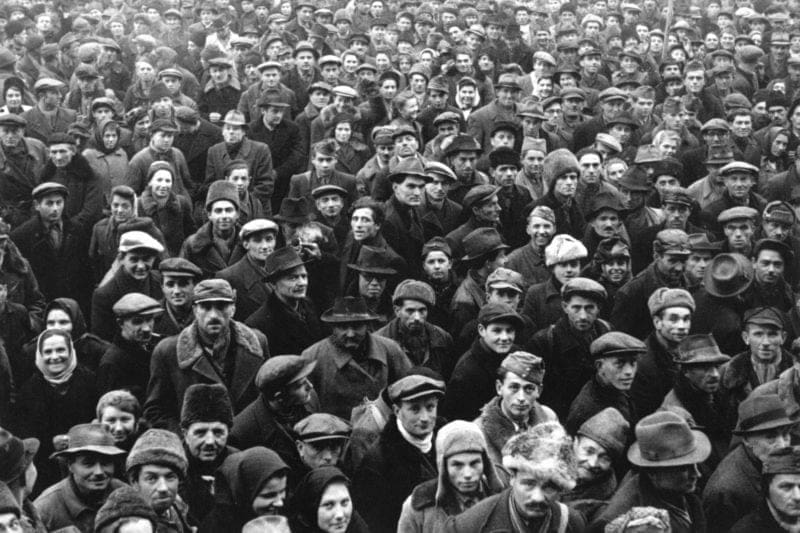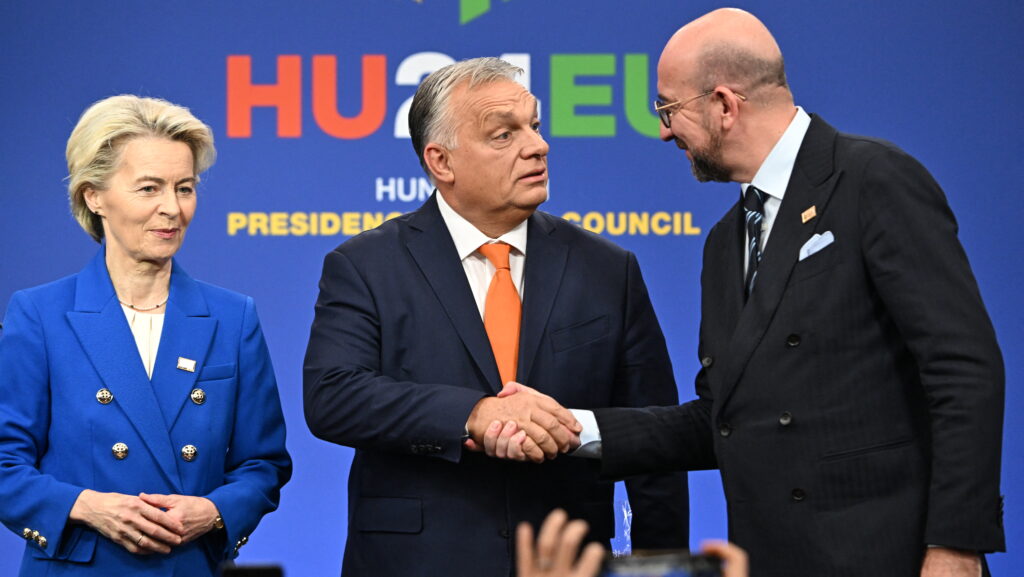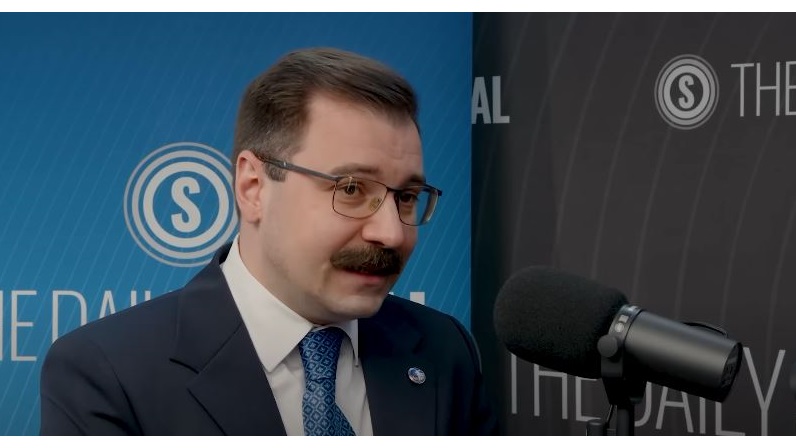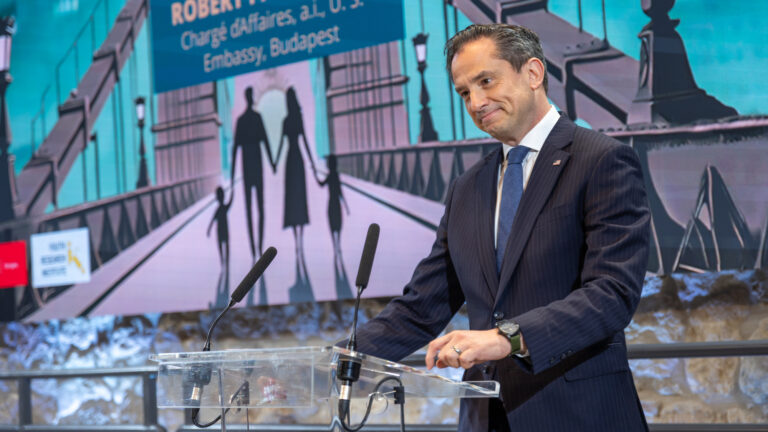The German philosopher Byung-Chul Han is an important figure in the international intellectual arena. The Transparency Society is his third work to be translated into Hungarian,1 and its central theme is ‘transparency’, which—as Zoltán Kulcsár-Szabó emphasizes in his afterword to the book—is an essentially neutral concept in Hungarian thinking, with various political sides respectively using it to hold one another to account. Han shows in his book that this concept is by no means as unproblematic as we may imagine, since the most unsettling social processes and symptoms are condensed within it. Nor is he the first major critic of transparency: writing at the turn of the millennium, the French essayist Philippe Muray (1945–2006) produced an exciting—and still apparently valid—interpretation of postmodern society, according to which a citizen in the West lives in a moral dictatorship based on the denial of negativity, in which transparency, conceived as an imperative, plays an integral role.2 A comparison between Han and Muray’s writings proves fascinating, not least because their styles could hardly be more different: in Han’s lean texts, a series of straightforward, aphoristic statements guide the reader’s train of thought (some of his colleagues have even reproached him for writing too intelligibly), while Muray’s thoughts flow in long, sweeping billows (and, it must be admitted, are at times swept away in the current). His essays are replete with rhetorical devices, wordplay, repetitions, and other accretions. Despite the stylistic differences, however what is striking is that the analyses of the two authors are based on similar observations.
Muray addresses the issue of transparency most directly in his text on the period of national mourning which followed the death of President François Mitterrand. He identifies the forerunner of the transparency imperative as André Breton, who declared that ‘mankind’s greatest enemy was opacity’. This concept, Muray continues, became a ‘natural fact’ sometime during the Mitterrand presidency, perhaps as a translation of the word glasnost; an unchallengeable cornerstone of the moral order, and one which was made manifest in innumerable aspects of everyday life: the Louvre Pyramid, open offices, coming out culture, and the cult of investigative journalism. ‘What is transparency unable to bear?’ Muray asks. ‘Uncertainty. Thus freedom. It hates all that is vague, fleeting, dark, slightly dirty, indecisive. Human, ultimately. And real.’ He who has nothing to hide is dead. He cites the example of Mitterrand, who during the fourteen years of his presidency concealed his deadly illness (diagnosed immediately after his 1981 victory). ‘A lie is health itself.’ He was given only three months to live, but his lie kept him alive, repudiating the transparency which he himself had introduced into law. In television interviews given during his final years, it was quite plain that the cancer-riddled president found a new lease of life in obscuring his conduct during the Vichy period. ‘Transparency kills, obscurity conserves’, is Muray’s sarcastic conclusion.
Han never indulges in black humour of this sort. Following the reasoning of Barthes, Agamben, and Benjamin, he methodically lists the aspects of our lives which are permeated and ‘flattened’ by the imperatives of transparency. Above all, transparency leads to the hegemony of positivity. It is enough to think of the Facebook ‘like’ button; there is no ‘dislike’ option. ‘The capitalist economy submits everything to compulsory exhibition, … value is generated merely by the staging of the exhibitor’: things disappear through overexposure. We live in the tyranny of visibility, where our own faces are erased.
Pornography, which provides a generalized form of exposure, eliminates the gaze—and Eros with it. As we read in the afterword to the Hungarian edition, Han encapsulates in another work the aesthetic paradigm of our time in its love of mirror-smooth surfaces—the iPhone, or even a Brazilian wax. Interestingly, Muray follows a similar thought process when analysing Marcel Duchamp’s last work, an installation called Étant donnés, which he worked on secretly for twenty years. Peeking through the hole in the work, we see a girl lying in a thicket with her legs spread. In Muray’s view, the hairless pubic mound is a symbol of a militantly taboo-wielding avant-garde which is ultimately unable to face reality; the counterpoint to this asexual, hygienic alienation from reality is, of course, the thick pubic hair of the woman in Courbet’s L’Origine du monde.
‘“What is transparency unable to bear?” Muray asks. “Uncertainty. Thus freedom. It hates all that is vague, fleeting, dark, slightly dirty, indecisive. Human, ultimately. And real”’
Transparency eliminates ‘narrative events’ like rites and ceremonies, resulting in a crisis of time, a ‘temporal scattering and dissociation’, as Han describes it. It also destroys distances, even when it comes to ourselves: this helps explain today’s narcissistic personality disorders. The imperative of transparency also implies a proliferation of information which, quite deliberately, does not establish the truth, but only serves to make the world more opaque. Then there are the increasingly stifling forms of control that Han (citing Jeremy Bentham’s ideal prison) summarizes as a ‘digital panopticon’. The difference being that in the digital version, the victims willingly submit themselves to surveillance. These are the main conclusions of The Transparency Society, which is closely related to the ideas discussed in Han’s other volumes—like Muray, the German philosopher strives for a comprehensive interpretation of our time. The two authors believe, explicitly or implicitly, in the same values: slowness, reserve, reticence, and the protection of privacy. They point out that negative phenomena, whether real or perceived (evil, pain, deception, conflict, or tragedy) have a place in human existence, for, as Han writes, ‘the spirit is kept alive by the inherent other which it contains, which creates negative tension’ or ‘a transparent relationship is a dead relationship, completely devoid of attraction and life. … The transparency society is a hell of uniformity.’
1Han Byung-Chul, A transzparencia társadalma (The Transparency Society) (Budapest: Ráció Kiadó, 2020).
2Philippe Muray, Essais (Paris: Les Belles Lettres, 2015).








